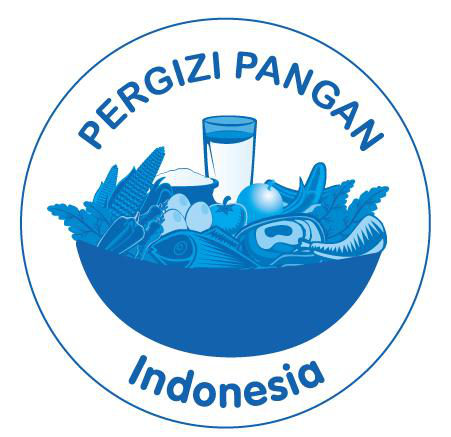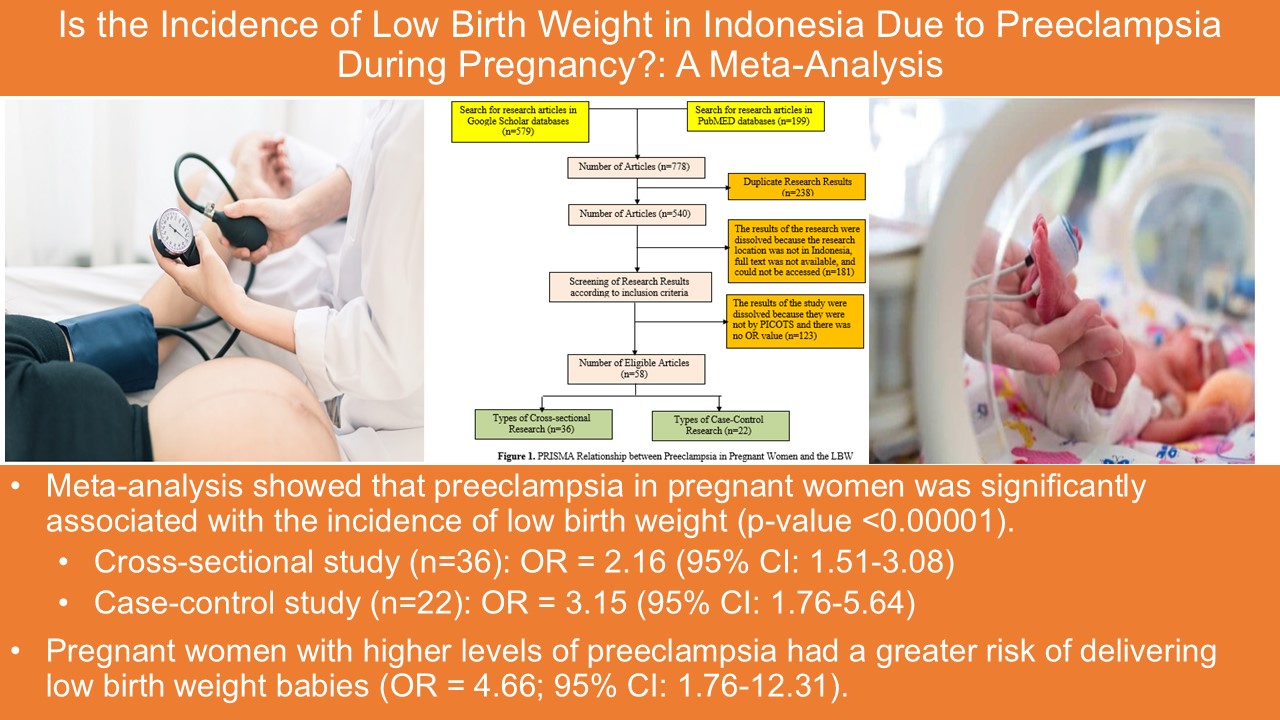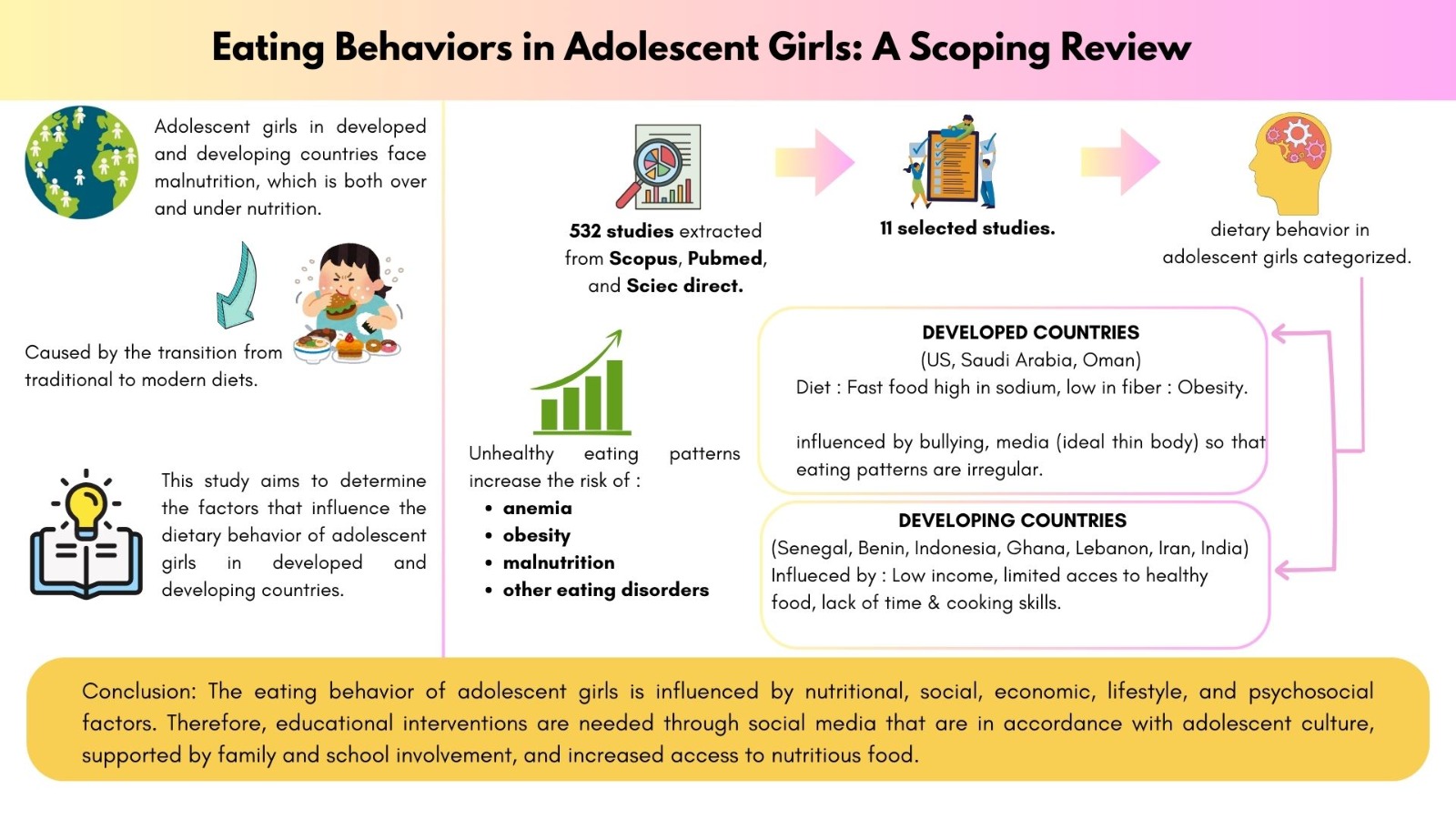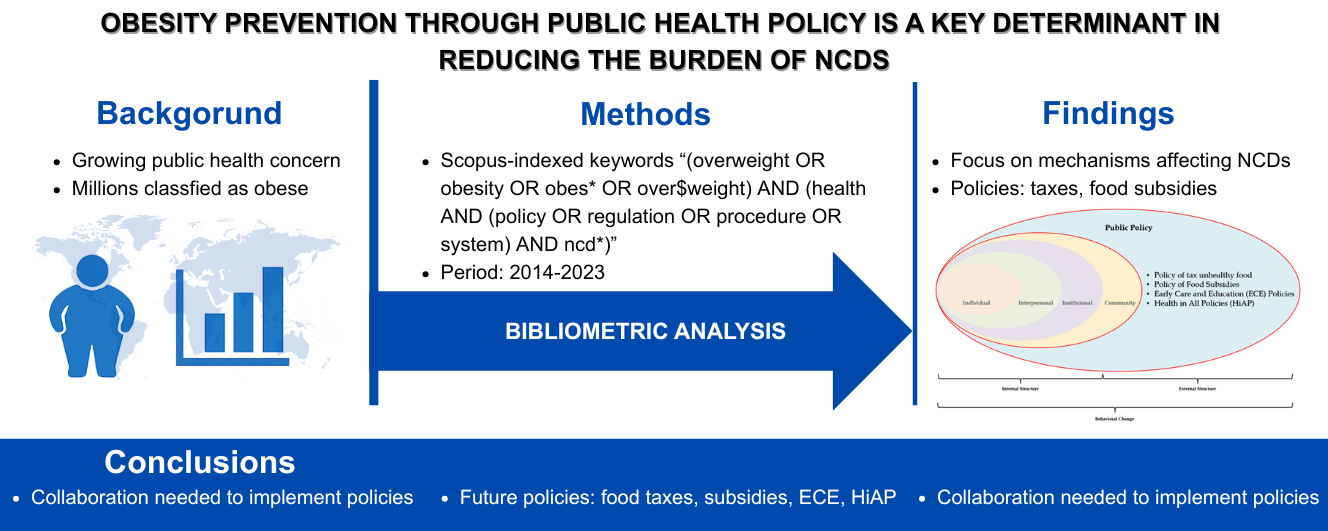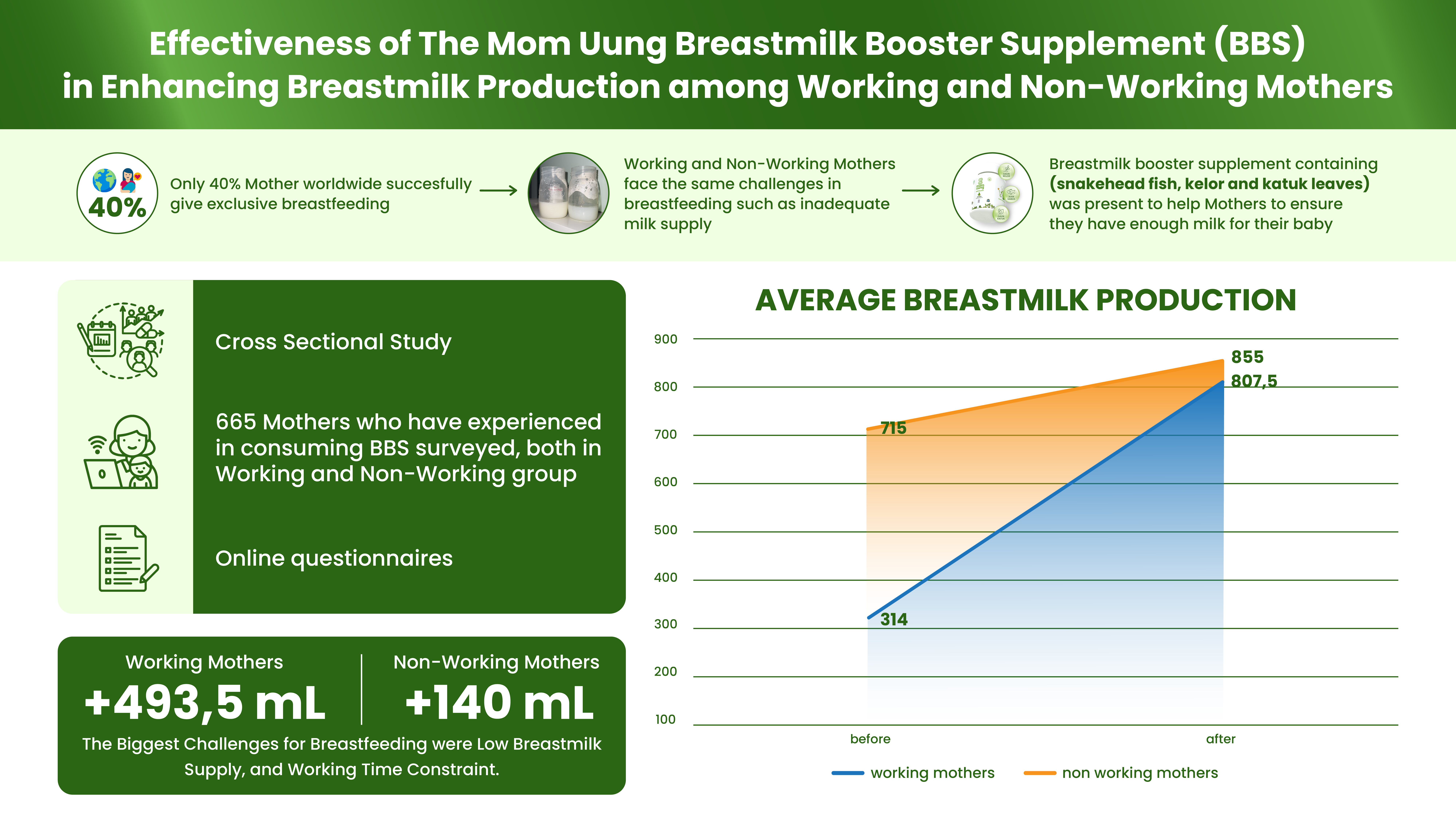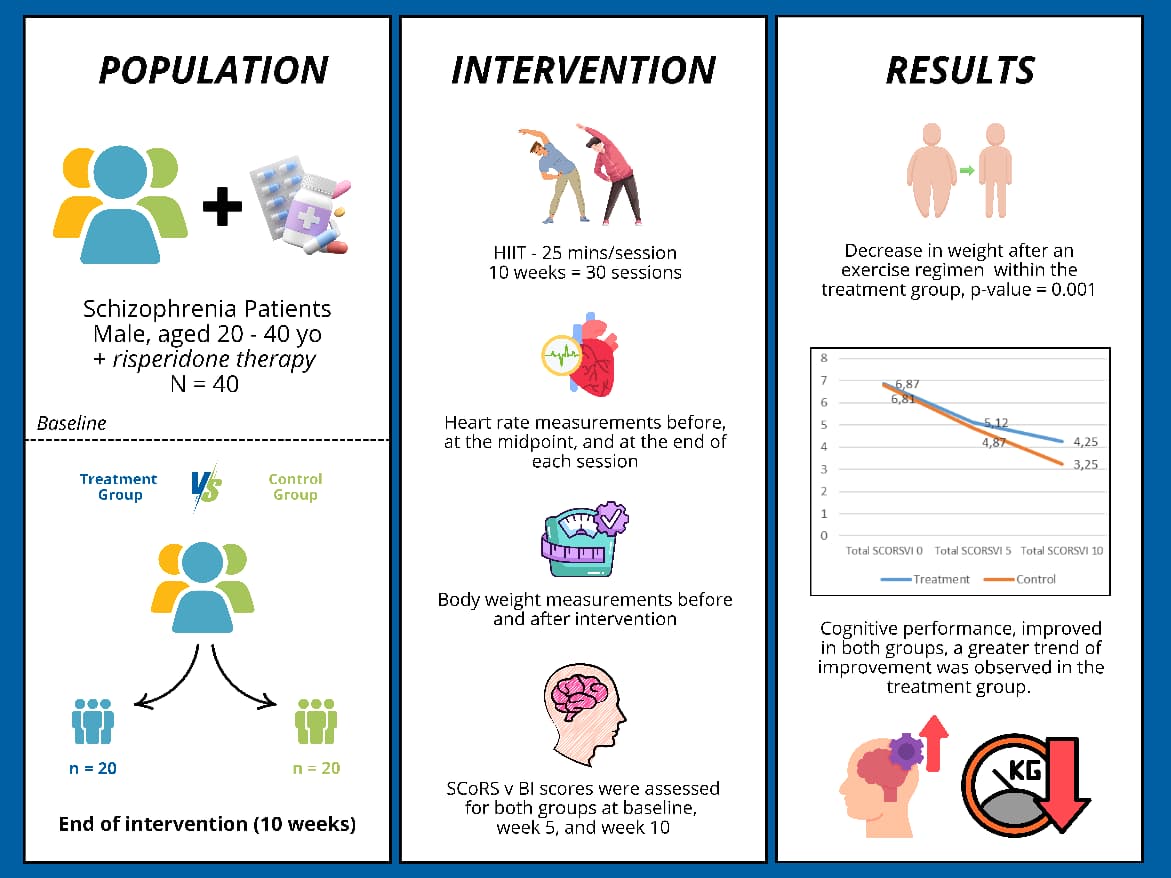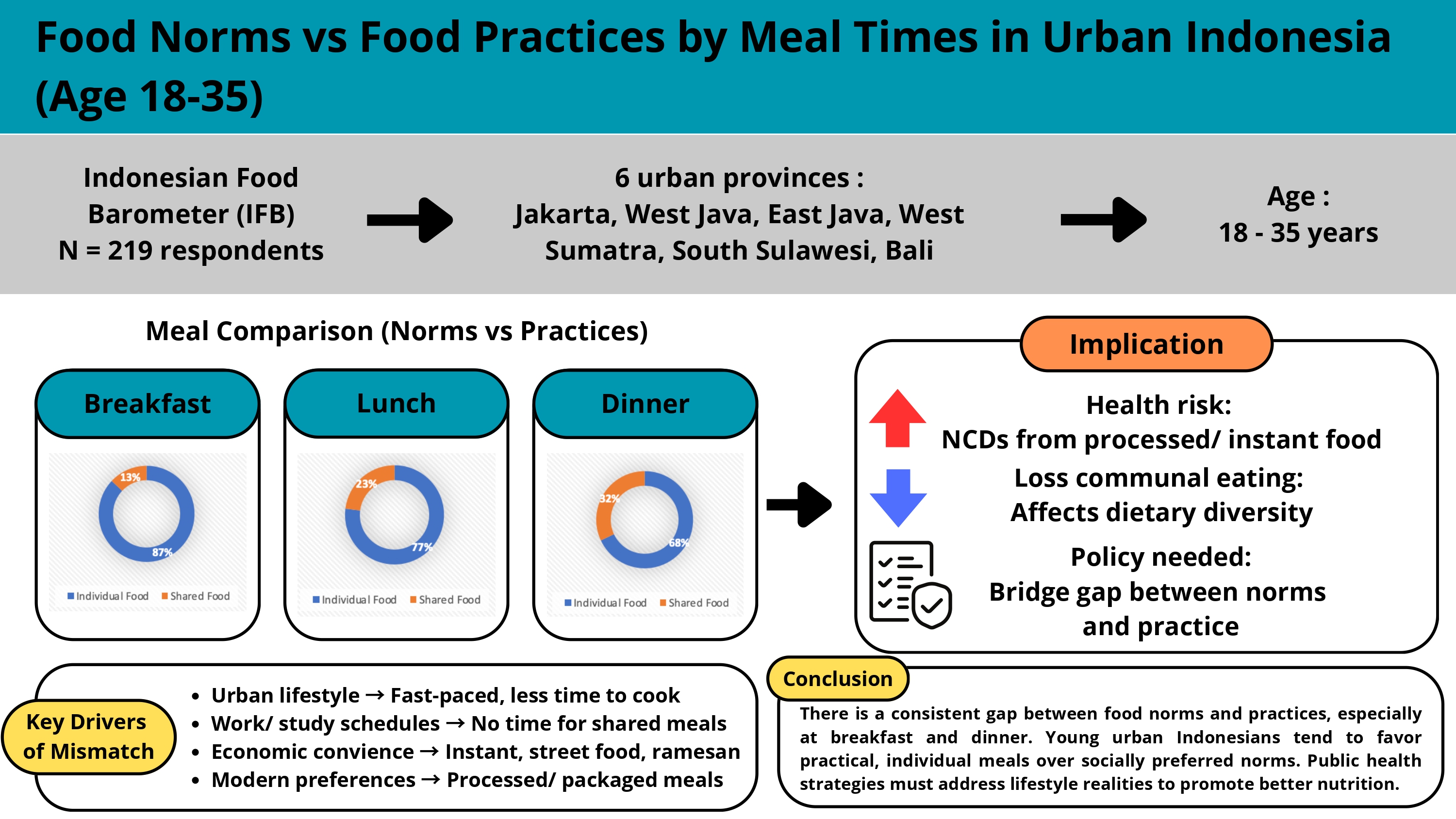NUTRITIONAL ASSISTANCE THROUGH DIARY NUTRIME APPLICATION ON ENERGY AND FAT INTAKE IN OVERWEIGHT AND OBESE ADOLESCENTS AT MAN TANJUNG BALAI
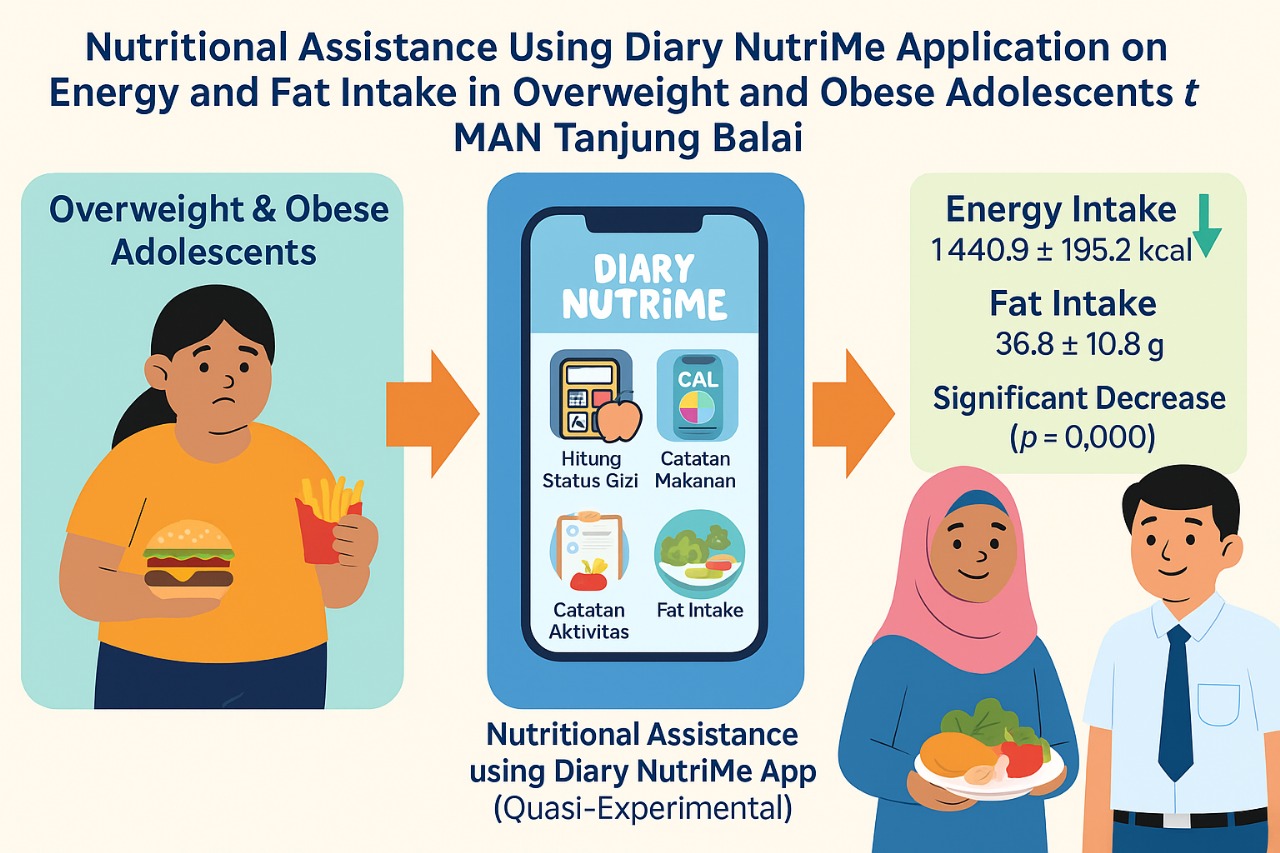
Downloads
Overweight or obese adolescents tend to consume food without noticing its nutritional content, which results in food selection defects. Adolescent food intake requires full support from the media for nutritional assistance. This study aimed to determine the difference in energy and fat intake before and after nutritional assistance through Diary NutriMe application. This study applied a quasi-experimental method using a One Group Pretest-Posttest design. The participants in this study were 36 high school students from MAN Tanjung Balai who were overweight or obese and were selected by purposive sampling. All data were analyzed using a Paired Sample t-test for energy intake (distributed data were normal) and the Wilcoxon test for fat intake (distributed data were non-normal). This study found that the average energy intake after receiving nutritional assistance was 1440.9 ± 195.2 kcal, while the average fat intake was 36.8 ± 10.8 g. According to the paired sample t-test, a significant decrease (p = 0.000) in energy intake was observed after nutritional assistance through Diary NutriMe application. Similarly, the Wilcoxon test showed a significant decrease (P = 0.000) in fat intake after the intervention. Therefore, the Diary NutriMe application is suitable as a nutritional assistant to reduce energy and fat intake in overweight and obese adolescents in MAN Tanjung Balai.
Aguirre, M. de J., Andrade, F. C. D., Aguirre, M. A. C., Justino, J. R., & Maciel, B. L. L. (2023). Social Network, Food Patterns, Physical Activity and Associations With Overweight and Obesity in Adolescents From a School in Rural Brazil. Nutrients. https://doi.org/10.3390/nu15153305
Anggi Dwi Yanti, I Nengah Tanu Komalyna, & Tapriadi. (2022). Perbedaan Tingkat Pengetahuan Gizi, Tingkat Konsumsi Energi dan Protein antara Pendampingan Berbasis Whatsapp dengan Media E-booklet dan E-leaflet pada Ibu Hamil Kurang Energi Kronis (KEK) di Wilayah Kerja Puskesmas Arjowinangun Kota Malang. Media Publikasi Promosi Kesehatan Indonesia (MPPKI), 5(11), 1363–1371. https://doi.org/10.56338/mppki.v5i11.2737
Antawati, D. I., Resmadewi, R., & Muttaqien, D. R. (2024). What Do They Do With Their Phones? Teens’ Smartphone Use Behavior Post Covid-19 Pandemic. Journal of Educational Health and Community Psychology, 13(1), 225. https://doi.org/10.12928/jehcp.v13i1.28233
Az-zahra, K., & Ratih Kurniasari. (2022). Implikasi Konseling Gizi terhadap Pemilihan Makan pada Remaja Obesitas: Literature Review. Media Publikasi Promosi Kesehatan Indonesia (MPPKI), 5(7), 757–762. https://doi.org/10.56338/mppki.v5i7.2273
Badan Penelitian dan Pengembangan Kesehatan. (2014). Buku Studi Diet Total: Survei Konsumsi Makanan Individu Indonesia 2014. In Lembaga Penerbit Balitbangkes.
Dahlan, M. S. (2011). Statistik untuk kedokteran dan kesehatan. Penerbit Salemba.
De Onis, M., Borghi, E., Arimond, M., Webb, P., Croft, T., Saha, K., De-Regil, L. M., Thuita, F., Heidkamp, R., Krasevec, J., Hayashi, C., & Flores-Ayala, R. (2019). Prevalence thresholds for wasting, overweight and stunting in children under 5 years. Public Health Nutrition, 22(1), 175–179. https://doi.org/10.1017/S1368980018002434
Direktorat Pencegahan dan Pengendalian Penyakit Tidak Menular. (2017). Panduan Pelaksanaan Gerakan Nusantara Tekan Angka Obesitas (Gentas).
Hafiza, D., Utmi, A., & Niriyah, S. (2021). Hubungan Kebiasaan Makan Dengan Status Gizi Pada Remaja Smp Ylpi Pekanbaru. Al-Asalmiya Nursing Jurnal Ilmu Keperawatan (Journal of Nursing Sciences), 9(2), 86–96. https://doi.org/10.35328/keperawatan.v9i2.671
Haryana, N. R., Azbi, C. M., Sandy, Y. D., Firmansyah, H., & Rosmiati, R. (2024). Development of Self-Dietary Assessment Application “Diary NutriMe” as a Nutrition Assistance Tool for Overweight and Obese Adolescents. Amerta Nutrition, 8(3SP), 71–81. https://e-journal.unair.ac.id/AMNT/issue/view/2772
Kelly, N. R., Jaramillo, M., Ramirez, S., Altman, D. R., Rubin, S. G., Yang, S., Courville, A. B., Shank, L. M., Byrne, M. E., LeMay‐Russell, S., Brady, S. M., Broadney, M. M., Tanofsky‐Kraff, M., & Yanovski, J. A. (2020). Executive Functioning and Disinhibited Eating in Children and Adolescents. Pediatric Obesity. https://doi.org/10.1111/ijpo.12614
Kemenkes, K. K. R. (2014). Pedoman Gizi Seimbang. In Pedoman Gizi Seimbang.
Kementrian Kesehatan Repuiblik Indonesia. (2018). Laporan_Nasional_RKD2018_FINAL.pdf. In Badan Penelitian dan Pengembangan Kesehatan (p. 198).
Khaerani, A., Sitoayu, L., Melani, V., Gifari, N., & Nuzrina, R. (2020). The Role of Giving Eat Reminder Application Media to Changes in Knowledge, Attitude, Behavior, and Eat Pattern of Adolescent Age 13-15 Years Old. Journal of Health Education, 5(1), 29–38.
Likhitweerawong, N., Boonchooduang, N., Kittisakmontri, K., Chonchaiya, W., & Louthrenoo, O. (2021). Effectiveness of mobile application on changing weight, healthy eating habits, and quality of life in children and adolescents with obesity: a randomized controlled trial. BMC Pediatrics, 21, 1–9.
Moursi, N. A., Tanofsky‐Kraff, M., Parker, M. N., Loch, L. K., Bloomer, B. F., Te-Vazquez, J., Nwosu, E. E., Lazareva, J., Yang, S., Turner, S., Brady, S. M., & Yanovski, J. A. (2023). Changes in Food Consumption, BMI, and Body Composition in Youth in the US During the COVID-19 Pandemic. International Journal of Environmental Research and Public Health. https://doi.org/10.3390/ijerph20186796
Pertiwi, Y., & Niara, S. I. (2022). Pencegahan Obesitas pada Remaja Melalui Intervensi Promosi Kesehatan: Studi Literatur. Jurnal Ilmiah Kesehatan Masyarakat : Media Komunikasi Komunitas Kesehatan Masyarakat, 14(2), 96–104. https://doi.org/10.52022/jikm.v14i2.278
Ramadhany, R. A., Wahyuningsih, U., Sufyan, D. L., & Simanungkalit, S. F. (2023). Determinants of Overweight and Obesity in Adolescent Aged 13-15 Years Old in DKI Jakarta (Analysis of Riskesdas 2018 Data). Amerta Nutrition, 7.
Suha, G. R., & Rosyada, A. (2022). Faktor-faktor yang berhubungan dengan kejadian obesitas pada remaja umur 13–15 tahun di Indonesia (analisis lanjut data Riskesdas 2018). Ilmu Gizi Indonesia, 6(1), 43.
Susetyowati. (2016). Gizi Remaja. In H. Hardinsyah & I. G. N. Supariasa (Eds.), Ilmu Gizi Teori dan Aplikasi. Penerbit Buku Kedokteran EGC.
Suyoto, S., Agushybana, F., & Suryoputro, A. (2020). Pengaruh Penggunaan Aplikasi Patuh Terhadap Kepatuhan Melakukan Diet Hipertensi pada Pasien Hipertensi di Kabupaten Wonosobo. Jurnal Penelitian Dan Pengabdian Kepada Masyarakat UNSIQ, 7(1), 31–37.
Telisa, I., Hartati, Y., & Haripamilu, A. D. (2020). Faktor Risiko Terjadinya Obesitas Pada Remaja SMA Risk Factors of Obesity among Adolescents in Senior High School. Faletehan Health Journal, 7(3), 124–131.
Winaningsih, W., Setyowati, S., & Lestari, N. T. (2020). Aplikasi nutri diabetic care sebagai media konseling untuk meningkatkan kepatuhan diet diabetes mellitus. Ilmu Gizi Indonesia, 3(2), 103. https://doi.org/10.35842/ilgi.v3i2.134
Zuhriyah, N. (2024). Self-Control and Loneliness With Nomophobia Tendencies Among Teenagers. Journal of Social Sciences and Humanites, 74–86. https://doi.org/10.56943/jssh.v3i1.495

This work is licensed under a Creative Commons Attribution-NonCommercial-ShareAlike 4.0 International License.
- MEDIA GIZI INDONESIA Journal is the copyright owner of all materials published on this website.
- The formal legal provisions for access to digital articles of this electronic journal are subject to the terms of the Creative Commons Attribution-NonCommercial-ShareAlike license (CC BY-NC-SA 4.0), which means that MEDIA GIZI INDONESIA Journal and readers reserve the right to save, transmit media / format, manage in database, maintain, and publish articles as long as it continues to include the name of the Author.
- Printed and published print and electronic manuscripts are open access for educational, research and library purposes. In addition to these objectives, the editorial board shall not be liable for violations of copyright law.


2.png)














